
The Vibrant Heart of Bangkok: Siam
Discover Siam in Bangkok: A dynamic blend of shopping, culture, and entertainment in the heart of the city, offering something for every traveler.
Siam, located in the bustling core of Bangkok, is a dynamic hub that seamlessly blends modernity with tradition. This neighborhood is the epicenter of high-end shopping, entertainment, and cultural experiences, making it a must-visit destination for travelers seeking both excitement and authenticity. Home to some of the city's most famous shopping malls like Siam Paragon, MBK Center, and Siam Discovery, it is a paradise for shopaholics, offering everything from luxury brands to local boutiques. But Siam is more than just a shopping haven. The area is steeped in culture and history, as evidenced by the nearby Jim Thompson House, a museum dedicated to the American businessman who revitalized the Thai silk industry. Art enthusiasts will also enjoy the Bangkok Art and Culture Centre, which showcases contemporary Thai and international art. For families, the Sea Life Bangkok Ocean World, located beneath Siam Paragon, offers a fascinating underwater adventure. Culinary delights abound in Siam, with a range of dining options that cater to all tastes and budgets. From street food vendors serving traditional Thai snacks to upscale restaurants offering gourmet international cuisine, the neighborhood is a food lover's dream. After dark, Siam transforms into a vibrant nightlife scene with trendy bars and cozy cafes where you can unwind and soak in the local atmosphere.
Local tips in Siam
- Visit early in the morning to avoid the crowds and get the best shopping deals.
- Don't miss the Jim Thompson House for a unique cultural experience.
- Try street food from the vendors near Siam Square for an authentic taste of Bangkok.
- Check out the events at Bangkok Art and Culture Centre; they often have free exhibitions.
- Wear comfortable shoes as you'll be doing a lot of walking, especially in the sprawling shopping malls.
The Vibrant Heart of Bangkok: Siam
Siam, located in the bustling core of Bangkok, is a dynamic hub that seamlessly blends modernity with tradition. This neighborhood is the epicenter of high-end shopping, entertainment, and cultural experiences, making it a must-visit destination for travelers seeking both excitement and authenticity. Home to some of the city's most famous shopping malls like Siam Paragon, MBK Center, and Siam Discovery, it is a paradise for shopaholics, offering everything from luxury brands to local boutiques. But Siam is more than just a shopping haven. The area is steeped in culture and history, as evidenced by the nearby Jim Thompson House, a museum dedicated to the American businessman who revitalized the Thai silk industry. Art enthusiasts will also enjoy the Bangkok Art and Culture Centre, which showcases contemporary Thai and international art. For families, the Sea Life Bangkok Ocean World, located beneath Siam Paragon, offers a fascinating underwater adventure. Culinary delights abound in Siam, with a range of dining options that cater to all tastes and budgets. From street food vendors serving traditional Thai snacks to upscale restaurants offering gourmet international cuisine, the neighborhood is a food lover's dream. After dark, Siam transforms into a vibrant nightlife scene with trendy bars and cozy cafes where you can unwind and soak in the local atmosphere.
Iconic landmarks you can’t miss
The Grand Palace
Explore The Grand Palace, Bangkok's iconic cultural landmark, and immerse yourself in Thailand's rich history and royal heritage.
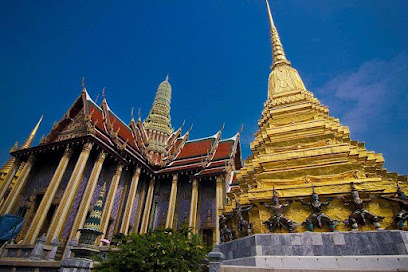
SEA LIFE Bangkok Ocean World
Explore the fascinating underwater world at SEA LIFE Bangkok Ocean World, where aquatic wonders and conservation education come together in an unforgettable experience.
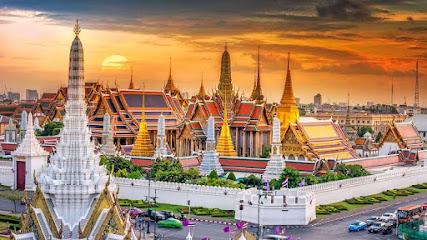
The Ancient City
Experience the rich cultural heritage of Thailand at The Ancient City, an open-air museum showcasing stunning replicas of iconic landmarks.

Siam Amazing Park
Experience the thrill of rides, the fun of water slides, and beautiful gardens at Siam Amazing Park in Bangkok, the ultimate amusement destination.
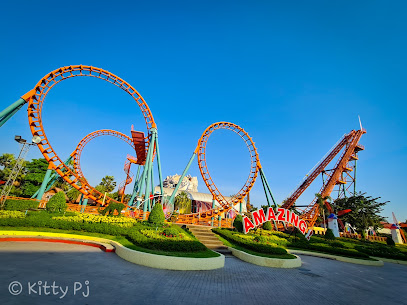
The Old Siam Plaza
Discover the rich cultural heritage of Thailand at The Old Siam Plaza, a shopping hub that blends tradition and modernity in the heart of Bangkok.
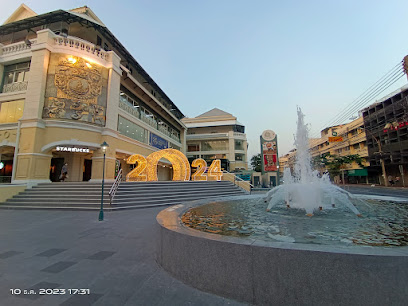
Museum Siam
Explore the vibrant history and culture of Thailand at Museum Siam, where interactive exhibits bring the nation's heritage to life.
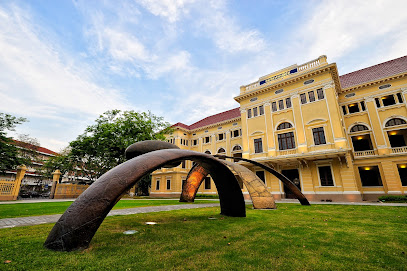
Wat Pathum Wanaram Rachaworawihan
Explore the serene beauty and spiritual essence of Wat Pathum Wanaram Rachaworawihan, a hidden gem in the heart of Bangkok.

OneSiam Skywalk
Discover the stunning OneSiam Skywalk in Bangkok, an elevated pathway offering breathtaking views, vibrant street life, and access to top shopping destinations.
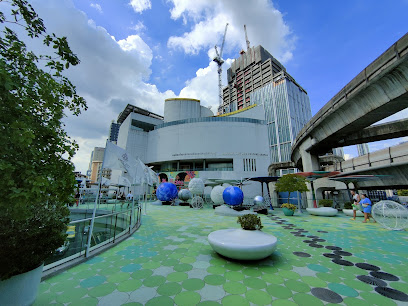
PARK@SIAM
Explore PARK@SIAM, Bangkok's serene state park featuring lush landscapes, recreational activities, and cultural experiences, perfect for every traveler.
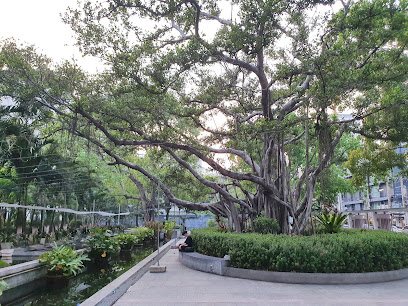
King Rama I Monument
Explore the King Rama I Monument, a stunning tribute to Thailand's founding monarch amidst lush gardens in the heart of Bangkok's vibrant culture.
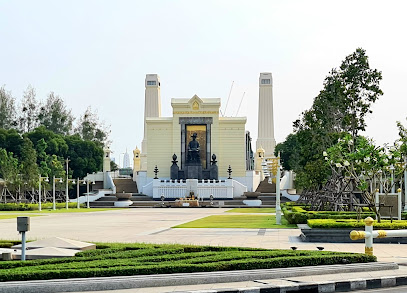
Unmissable attractions to see
SEA LIFE Bangkok Ocean World
Explore the underwater wonders at SEA LIFE Bangkok Ocean World, where aquatic adventures and marine education await every visitor.

Bangkok Art and Culture Centre
Discover contemporary art and vibrant culture at Bangkok Art and Culture Centre, a hub for creativity and innovation in the heart of Thailand's capital.
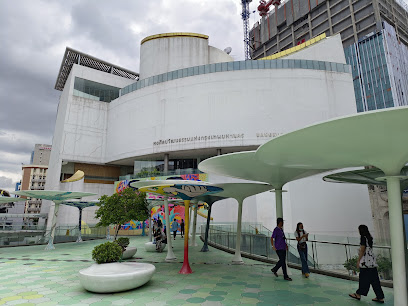
Jim Thompson House Museum
Explore the Jim Thompson House Museum, a cultural gem in Bangkok showcasing Thai silk heritage and traditional architecture in a serene garden setting.
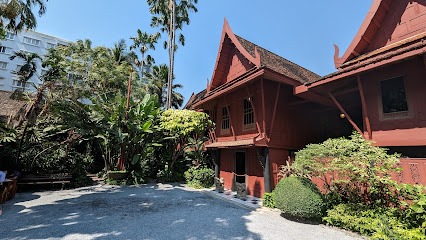
Madame Tussauds BANGKOK
Discover the world of fame at Madame Tussauds Bangkok, featuring lifelike wax figures of your favorite stars and icons in an interactive setting.
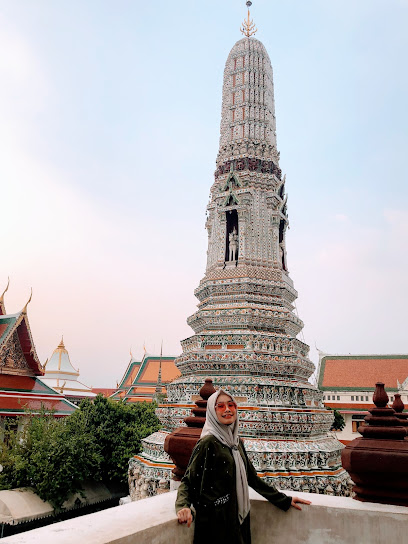
Museum Siam
Discover Thailand's vibrant history and culture at Museum Siam, an interactive museum that engages visitors with innovative exhibits and immersive experiences.
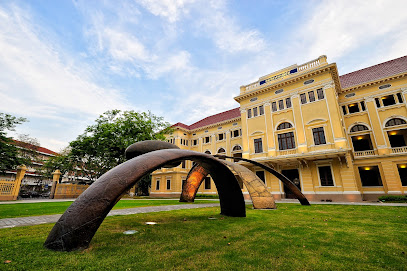
OneSiam Skywalk
Experience Bangkok from above at the OneSiam Skywalk, a stunning bridge connecting top shopping destinations and offering breathtaking urban views.
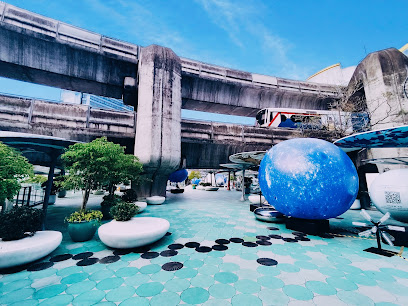
PARK@SIAM
Experience the serene beauty of PARK@SIAM in Bangkok, a perfect blend of nature and urban life, ideal for relaxation and cultural exploration.
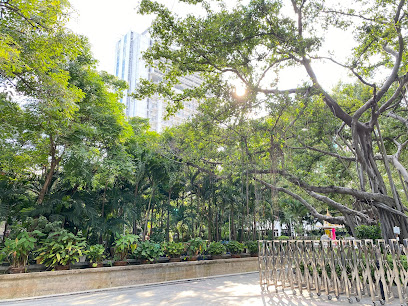
SKY SCAPE
Explore the serene Sky Scape Garden in the heart of Bangkok, a perfect escape for nature lovers and tranquility seekers.
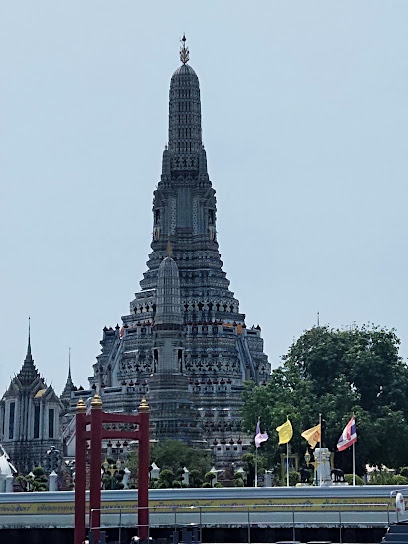
Alex Face Art
Explore the enchanting world of Alex Face Art, a vibrant street art hub in Bangkok that showcases imaginative murals and creative expressions.

Siam square event area
Experience the vibrant culture, shopping, and culinary delights at Siam Square Event Area in the heart of Bangkok, a dynamic hub for tourists.
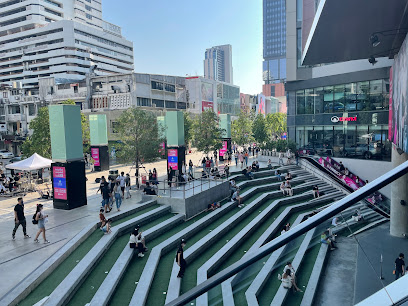
Essential places to dine
Inter Restaurants since 1981
Experience authentic Thai and Chinese cuisine at Inter Restaurants in Bangkok's vibrant Siam Square since 1981.
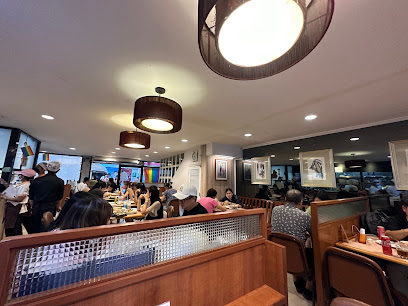
White Flower Factory - ครัวดอกไม้ขาว
Experience the perfect fusion of traditional Thai cuisine and modern desserts at Bangkok's White Flower Factory – a culinary gem for every food lover.

Another Hound Cafe - Siam Paragon
Experience exquisite Asian Fusion cuisine at Another Hound Cafe - Siam Paragon, where innovative flavors meet stylish dining in Bangkok's vibrant shopping hub.
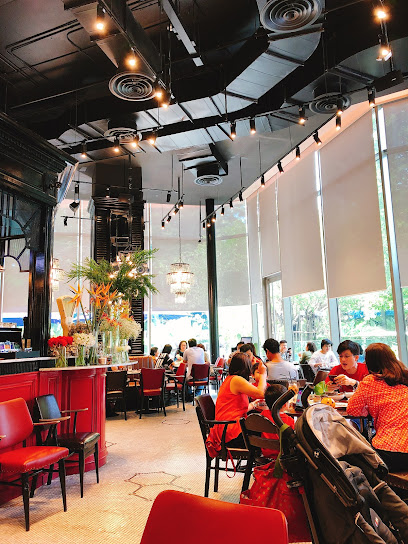
Sra Bua by Kiin Kiin
Savor modern Thai cuisine at Sra Bua by Kiin Kiin in Bangkok's luxury Siam Kempinski Hotel – where tradition meets innovation.

Veganerie Soul
Discover the vibrant flavors of plant-based cuisine at Veganerie Soul in Bangkok - where health meets indulgence in every bite.
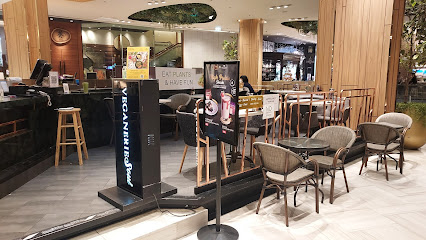
KOKO SIAM 1996
Experience the essence of Thailand at KOKO SIAM 1996 in Bangkok's vibrant Siam Square - where every dish tells a story.

Gourmet Bar
Discover culinary delights at Gourmet Bar in Novotel Bangkok - where exquisite flavors meet vibrant nightlife in the heart of the city.
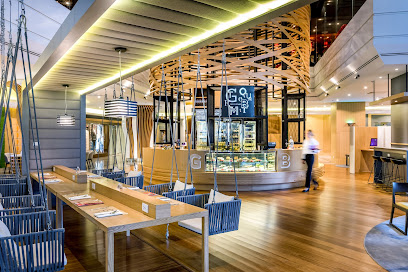
Metro Square SiamParagon
Experience the best of Thai cuisine and Asian fusion at Metro Square SiamParagon – a culinary gem in Bangkok's vibrant shopping district.

Fam Time Steak and Pasta @Siam Square
Experience exquisite steaks and pasta in the heart of Bangkok at Fam Time Steak and Pasta - a culinary delight for every food lover.
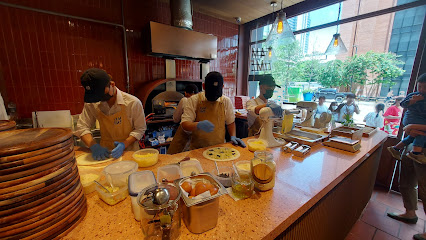
Phrigkiao Bangkok (Halal)
Experience Authentic Halal Thai Cuisine at Phrigkiao Bangkok – A Culinary Haven in Siam Square.
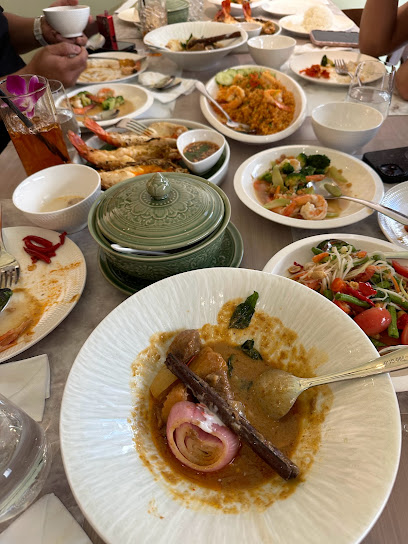
Markets, malls and hidden boutiques
Siam Paragon
Discover the luxury shopping, exquisite dining, and entertainment at Siam Paragon, Bangkok's premier shopping destination for tourists.

Giftchannel
Discover unique gifts and souvenirs at Giftchannel, a charming shop in the heart of Bangkok's vibrant Siam Square, showcasing local artistry and creativity.
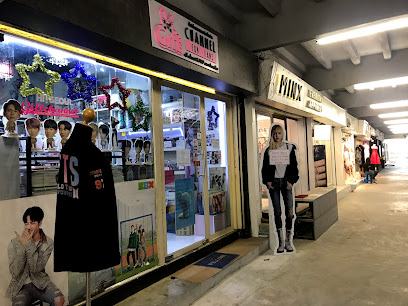
Tudor Boutique Siam Square | SIAM SWISS
Explore Tudor Boutique Siam Square, where luxury watches meet expert craftsmanship in the heart of Bangkok's vibrant shopping district.
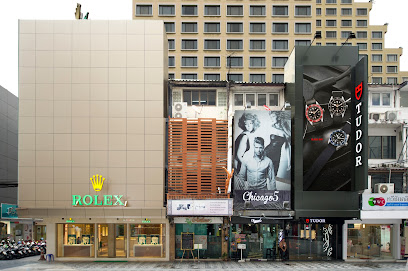
POEM SiamSquareOne
Explore the stylish world of POEM SiamSquareOne in Bangkok, where fashion meets innovation and every outfit tells a story.
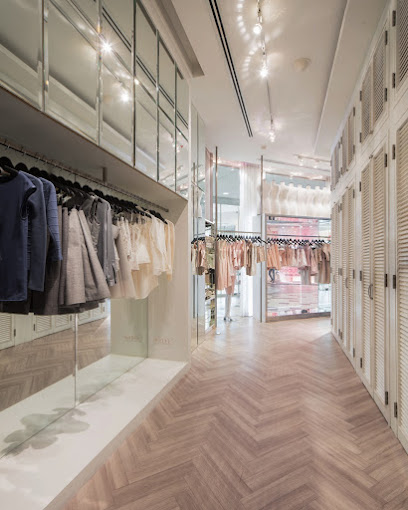
KIM & CO. So seoul
Explore KIM & CO. So Seoul, a stylish fashion accessories store in Bangkok's Siam Square, where unique fashion finds await every traveler.

ST Store Bangkok
Explore ST Store Bangkok for unique clothing and stylish finds in the vibrant Siam Square, a must-visit for fashion enthusiasts.
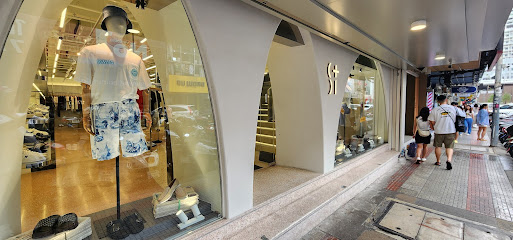
Grape
Explore Grape, Bangkok's charming gift shop offering unique souvenirs and delightful shopping experiences for travelers seeking a piece of Thailand.
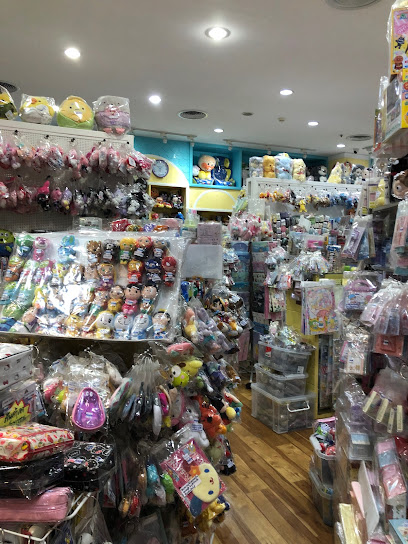
Ulala
Explore Ulala in Bangkok, where unique gifts and local crafts come together, offering unforgettable souvenirs that capture the spirit of Thailand.
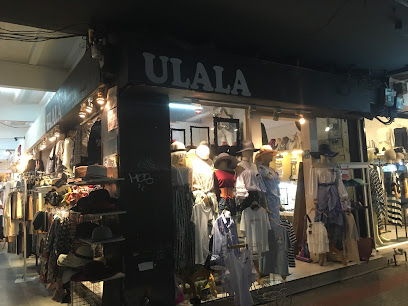
Q Concept Store
Explore Q Concept Store in Bangkok for unique gifts that reflect Thai culture and creativity, all within the vibrant Siam Paragon Shopping Center.
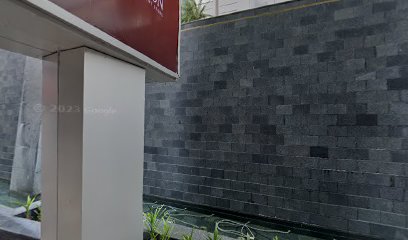
POEM Siam Paragon
Explore POEM Siam Paragon, Bangkok's top destination for unique Thai fashion and contemporary clothing in a vibrant shopping environment.

Essential bars & hidden hideouts
TEP BAR - Cultural Bar of Thailand
Experience the best of Thai culture and mixology at TEP BAR, Bangkok's premier cocktail bar with a local twist.

The Speakeasy Rooftop Bar
Discover the charm of Bangkok at The Speakeasy Rooftop Bar, where exquisite cocktails meet breathtaking skyline views in a unique setting.

Gourmet Bar
Discover the vibrant flavors of Bangkok at Gourmet Bar – a perfect blend of gourmet dining and exquisite cocktails in Siam Square.

True Sphere @ Siam Paragon
Discover the serene luxury of True Sphere @ Siam Paragon, a premier lounge in Bangkok's vibrant shopping hub, perfect for relaxation and exquisite drinks.
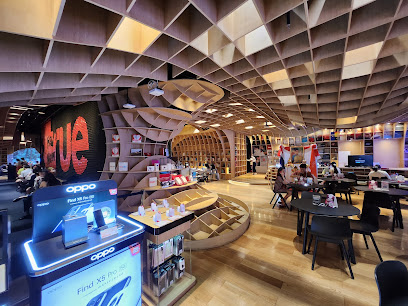
Diplomat Bar
Discover the elegance of the Diplomat Bar in Bangkok, where innovative cocktails meet a sophisticated atmosphere for the perfect nightlife experience.
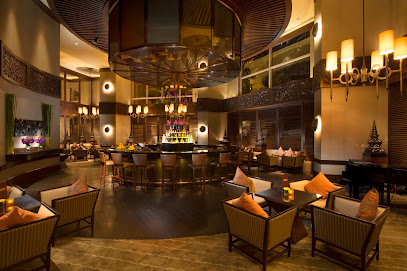
Paradise Lost
Discover Paradise Lost in Bangkok: A rooftop restaurant offering stunning views, exquisite cuisine, and a vibrant atmosphere perfect for any occasion.
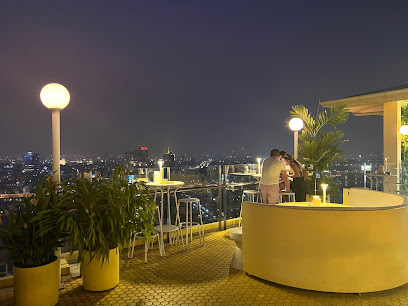
1897 Lounge
Experience the luxury and elegance of 1897 Lounge in Bangkok, a premier bar offering exquisite drinks and a sophisticated atmosphere.
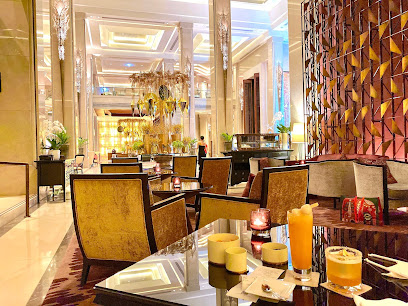
Wood Bar and Café by Siam Champss
Discover Wood Bar and Café, a cozy bar and café in Old Town Bangkok, blending local flavors with a warm ambiance perfect for relaxation.
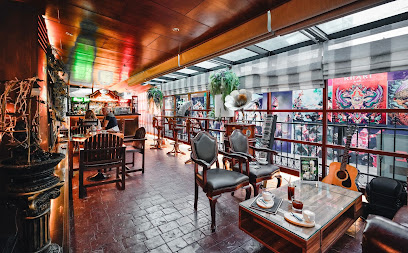
VIZ Lounge
Discover the perfect blend of relaxation and sophistication at VIZ Lounge in Bangkok, where elegance meets exceptional service.
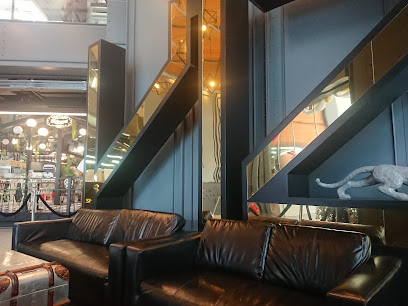
To Sit Siam Square
Experience the lively charm of To Sit Siam Square, where Bangkok's nightlife comes alive with vibrant drinks and a welcoming atmosphere.
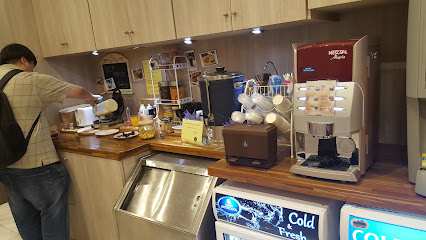
Local Phrases
-
- Helloสวัสดี
[sawasdee] - Goodbyeลาก่อน
[laa kon] - Yesใช่
[chai] - Noไม่
[mai] - Please/You're welcomeโปรด/ยินดี
[proht/yindee] - Thank youขอบคุณ
[kob khun] - Excuse me/Sorryขอโทษ
[kaw toht] - How are you?สบายดีไหม
[sabai dee mai] - Fine. And you?สบายดีค่ะ ผมล่ะ
[sabai dee ka, phom la] - Do you speak English?คุณพูดภาษาอังกฤษได้ไหม
[khun poot paa-sa ang-grit dai mai] - I don't understandฉันไม่เข้าใจ
[chan mai khao jai]
- Helloสวัสดี
-
- I'd like to see the menu, pleaseขอดูเมนูหน่อย
[kaw doo menu noi] - I don't eat meatฉันไม่กินเนื้อ
[chan mai kin neuua] - Cheers!ชนเหยาะ
[chon yao] - I would like to pay, pleaseขอจ่ายเงินหน่อย
[kaw jai ngeen noi]
- I'd like to see the menu, pleaseขอดูเมนูหน่อย
-
- Help!ช่วยด้วย
[chuuai duay] - Go away!ไปทางนั้น
[bpai tang nan] - Call the Police!โทรตำรวจ
[tor tam-ruad] - Call a doctor!โทรหมอ
[tor moh] - I'm lostฉันหลงทาง
[chan long tang] - I'm illฉันไม่สบาย
[chan mai sabai]
- Help!ช่วยด้วย
-
- I'd like to buy...ฉันอยากซื้อ...
[chan yaak suu...] - I'm just lookingฉันเหมาะแค่ดู
[chan ma kae duu] - How much is it?ราคาเท่าไร
[ra-ka thao rai] - That's too expensiveแพงเกินไป
[paeng gein bpai] - Can you lower the price?ลดราคาได้ไหม
[lot ra-ka dai mai]
- I'd like to buy...ฉันอยากซื้อ...
-
- What time is it?กี่โมงแล้ว
[gee mong laeo] - It's one o'clockเป็นโมงแล้ว
[pen mong laeo] - Half past (10)สามสิบครึ่ง
[sam sip khreung] - Morningเช้า
[chao] - Afternoonบ่าย
[bai] - Eveningเย็น
[yen] - Yesterdayเมื่อวาน
[meua waan] - Todayวันนี้
[wan nee] - Tomorrowพรุ่งนี้
[phrung nee] - 1หนึ่ง
[neung] - 2สอง
[song] - 3สาม
[sam] - 4สี่
[see] - 5ห้า
[ha] - 6หก
[hok] - 7เจ็ด
[jet] - 8แปด
[paed] - 9เก้า
[gao] - 10สิบ
[sip]
- What time is it?กี่โมงแล้ว
-
- Where's a/the...?...อยู่ที่ไหน
[...yoo tee nai] - What's the address?ที่อยู่อยู่ที่ไหน
[tee yoo yoo tee nai] - Can you show me (on the map)?คุณแสดงให้ฉันดูได้ไหม
[khun sa-dang hai chan duu dai mai] - When's the next (bus)?รถสายต่อไปเมื่อไร
[roh sai dtor bpai meua rai] - A ticket (to ....)ตั๋ว (ไป...)
[dtua (bpai...)]
- Where's a/the...?...อยู่ที่ไหน
History of Siam
-
Siam, historically the name for Thailand, has its roots in the ancient kingdom of Sukhothai in the 13th century. The term 'Siam' became widely used by Westerners in the 19th century, although the Thai people referred to their land as 'Prathet Thai', meaning 'Land of the Free'. The area of Siam in Bangkok began to gain prominence in the late 19th century as the city modernized under King Chulalongkorn (Rama V).
-
Siam Square emerged in the 1960s as a commercial hub, reflecting the rapid urbanization and economic growth of post-war Thailand. Designed as a shopping and entertainment center, it became a symbol of modern Bangkok, attracting both locals and tourists. The square's development represented a shift in Thai culture towards consumerism and globalization.
-
The 20th century saw Siam evolve into a cultural melting pot, with influences from both traditional Thai culture and Western modernization. The establishment of major shopping centers such as Siam Paragon and MBK Center further solidified its reputation as a retail paradise. The cultural scene flourished with venues like the Bangkok Art and Culture Centre, showcasing contemporary Thai art and performances.
-
In 2010, Siam Square was a focal point during significant political protests in Bangkok. The protests were led by the 'Red Shirts', demanding democratic reforms and the resignation of the then-government. The area was marked by a heavy military presence, and the events highlighted the ongoing political tensions in Thailand, reflecting the deeper societal divides.
-
Today, Siam stands as a vibrant blend of tradition and contemporary culture. It hosts important cultural landmarks such as the Jim Thompson House, which reflects the rich history of Thai silk, alongside modern shopping complexes and entertainment venues. The area remains a testament to Bangkok's dynamic evolution, balancing its historical roots with the demands of a globalized world.
Siam Essentials
-
Siam is centrally located in Bangkok and can be easily accessed from various neighborhoods. The most convenient way to reach Siam is via the BTS Skytrain. The Siam Station is an interchange for both the Sukhumvit and Silom lines. From popular areas such as Khao San Road, take a taxi or a tuk-tuk to the nearest BTS station, or use public buses that connect to various parts of the city. For those coming from Suvarnabhumi Airport, the Airport Rail Link takes you to Phaya Thai station, where you can transfer to the BTS Skytrain to reach Siam.
-
Siam is well-connected and pedestrian-friendly, making it easy to explore on foot. The BTS Skytrain is the most efficient way to navigate the area, with Siam Station as a central hub. Local buses also serve the area, but they can be less convenient for tourists unfamiliar with the routes. For a unique experience, consider renting a bicycle through local bike-sharing programs. Taxis and ride-hailing services like Grab are widely available for longer distances or late-night travel.
-
Siam is considered a safe neighborhood for tourists, but it is wise to stay vigilant, especially in crowded areas like shopping malls and public transport stations. Although violent crime is rare, petty theft, such as pickpocketing, can occur. Avoid wandering alone at night in poorly lit areas and be cautious around Sukhumvit Soi 11, known for its nightlife, where incidents can occasionally happen.
-
In case of an emergency, dial 191 for police assistance and 1669 for medical emergencies. Hospitals such as Bangkok Hospital and Bumrungrad International Hospital are nearby and equipped to handle various medical situations. It is advisable to carry a copy of your travel insurance and passport. For less urgent health issues, pharmacies are readily available in Siam.
-
Fashion: Do dress comfortably and appropriately for the weather; however, avoid overly revealing attire. Religion: Do respect local customs, especially when visiting temples. Cover your shoulders and knees. Public Transport: Do be polite and give up your seat to the elderly or disabled. Don't engage in loud conversations or eat on public transport. Greetings: Do greet locals with a traditional 'wai' (a slight bow with hands together); don't be overly casual. Eating & Drinking: Do try street food and local delicacies. Don't waste food or show signs of dissatisfaction with meals.
-
To experience Siam like a local, visit the smaller markets such as the Siam Square One market for unique finds and local street food. Engage with shopkeepers and ask for recommendations; many are happy to share their favorite dishes. For a unique view of the area, head to the rooftop bars of nearby hotels. Don’t miss cultural events often held in the area, such as traditional dances or local art exhibitions, which can be found at the Bangkok Art and Culture Centre.













